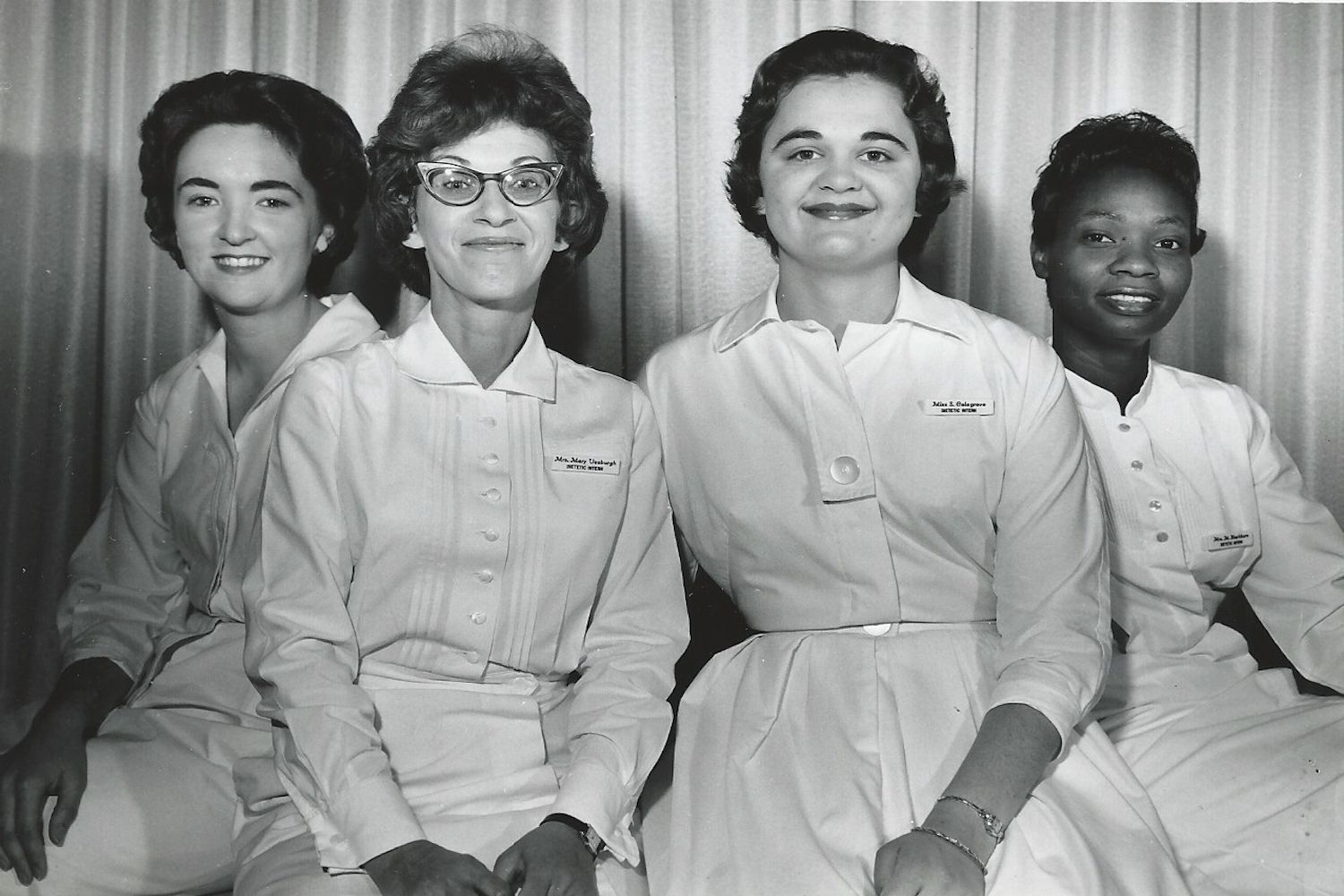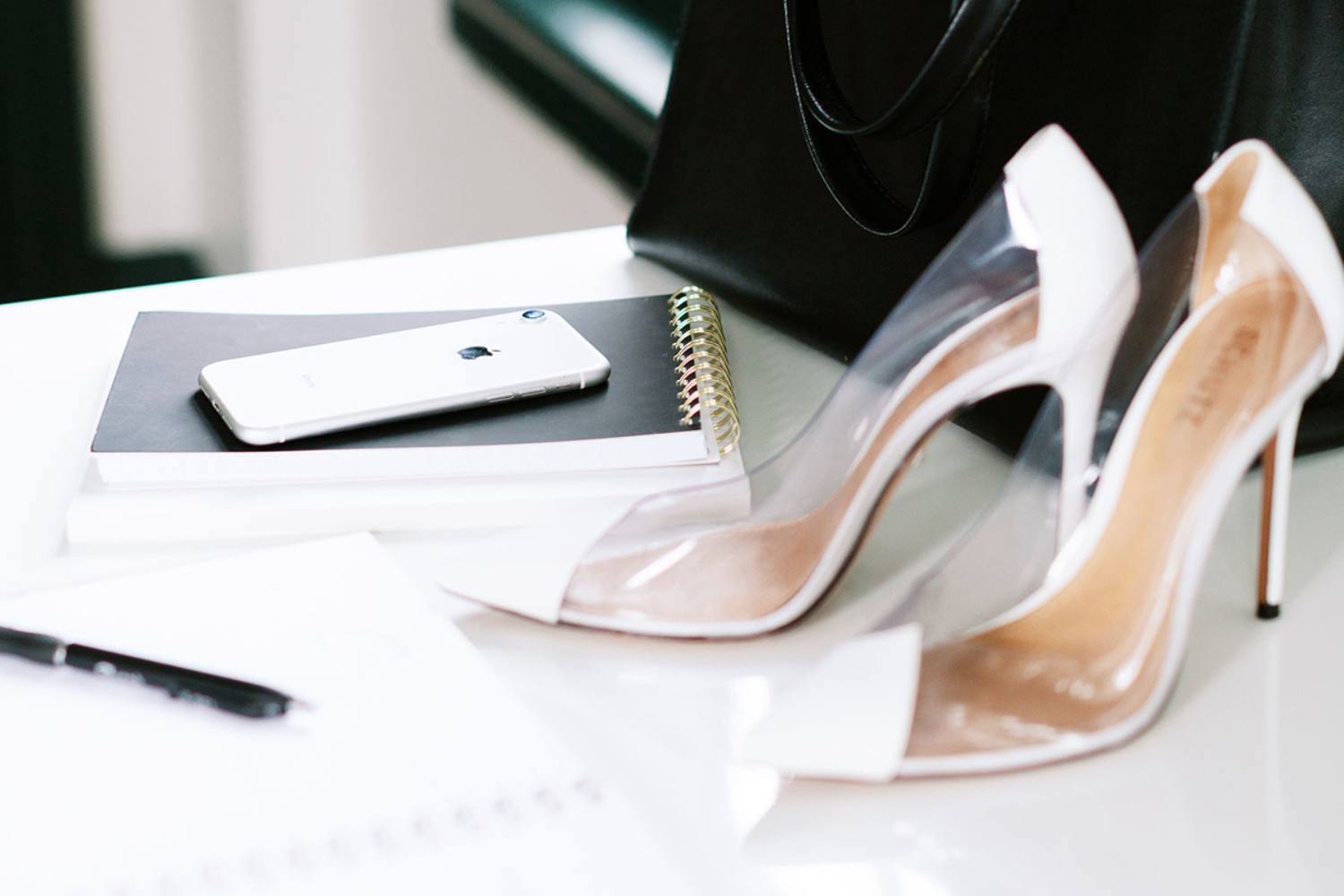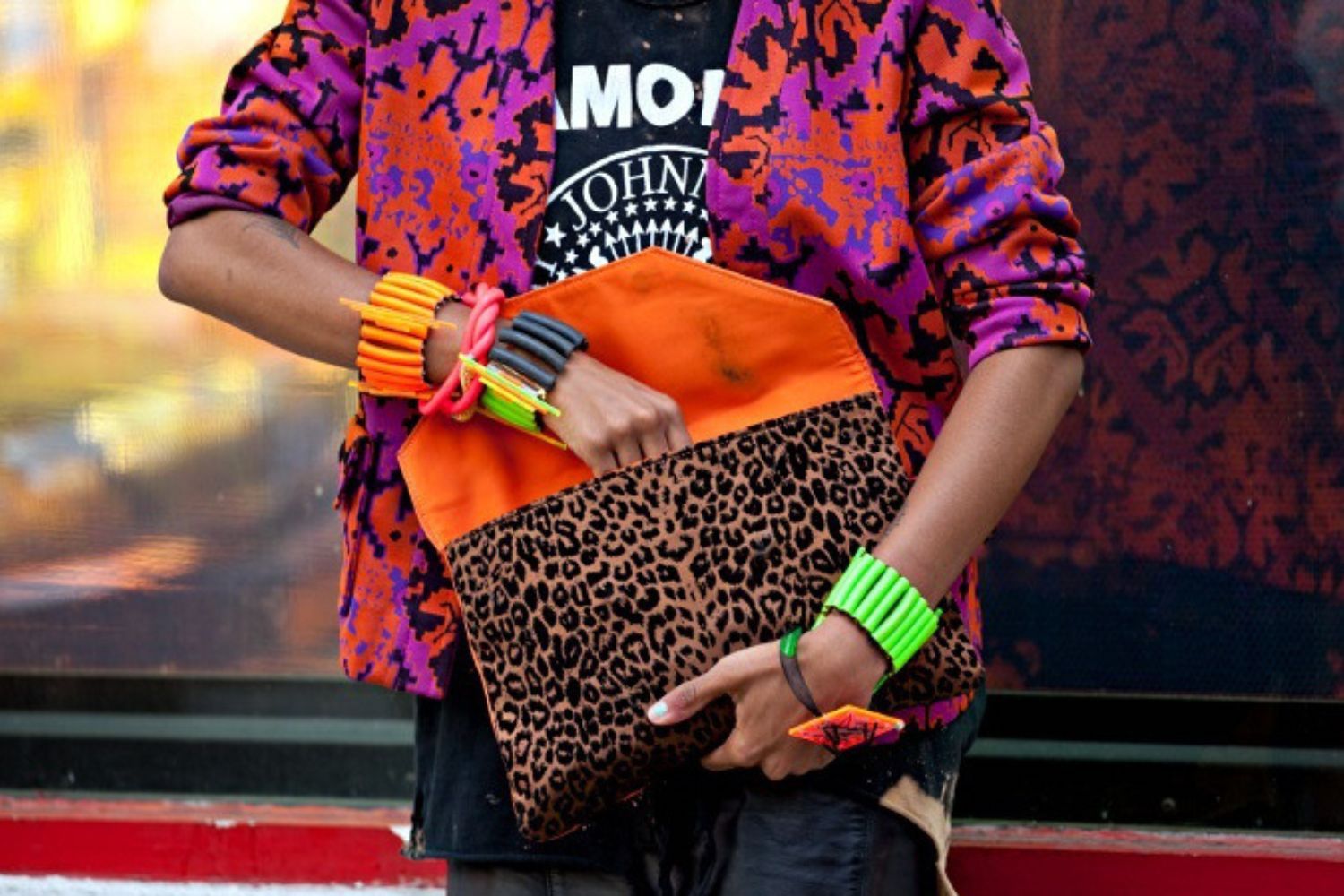
The challenges of the midlife closet cleanout
By the time you hit midlife, you’re usually familiar with the ritual of periodically culling your closet. Getting rid of things that don’t fit anymore, that are beyond repair, or that you know you just won’t wear is part of keeping your wardrobe current and fresh.
But after a certain age, there’s an almost existential dread that starts to creep into the editing process. You start to accept that you probably won’t ever lose the weight that’s caused you to stash a pair of favorite pants in the back of the closet for decades. That daring leather halter top that looked so great on your toned bod in your 20s … well, maybe it would still work over a turtleneck? And those beloved heels — they still look great, but let’s be honest, they hurt too much to wear for anything that requires walking or standing for any significant period of time.
I should note here that I firmly reject the notion that women shouldn’t wear body-bearing or body-hugging things after 40 or 50. But it’s just a reality that as our bodies age, many of us are not going to feel physically or mentally comfortable wearing styles we enjoyed when we were younger.
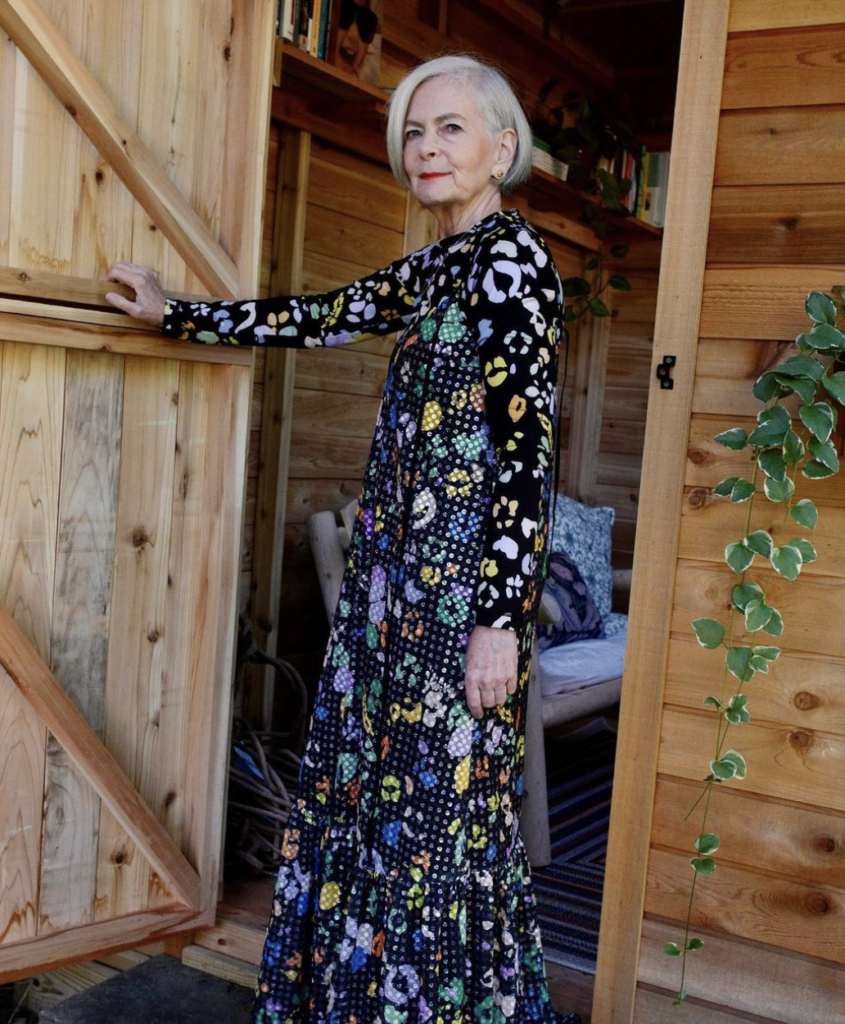
Closet cleanouts and existential crises
These days, when I look at my closet, my mind often turns to Swedish death cleaning. But I don’t just think about making things easier for my family members after I pass, I also want them to benefit from the value of certain items. Will anyone realize that this ‘90s Marni jacket might be worth something? Will my nephews know that the traditional Norwegian coat was my beloved mother’s and dates back to the ‘60s? And several people have admired my jewelry — should I leave specific pieces to people in my will?
In the past, cleaning out one’s closet brought a sense of possibility. Getting rid of the old makes more room for the new, after all! But as you get older, there’s more of a sense of doors closing or opportunities lost. Every time I look at the skimpy lavender satin dress I bought at an ultra-hip boutique in Manhattan’s East Village about 25 years ago, I feel a pang of shame that I never even wore it. I should give it away, but I want the recipient to appreciate its provenance.
That’s part of the issue—our clothing is intimately tied to our experiences. Letting go of those experiences is hard, especially when you know that those tied to youth are gone forever. One common piece of advice when getting rid of clothes is “you can still enjoy your memories of wearing it,” but that often comes with sadness when you know that the proportion of memories versus experiences will only get bigger.
And I don’t know about you, but I find myself not wishing that I were younger so I could wear certain contemporary clothes, but that I had worn more daring styles more often when I could. Why didn’t I wear that skimpy satin dress? Why didn’t I bare my belly more?
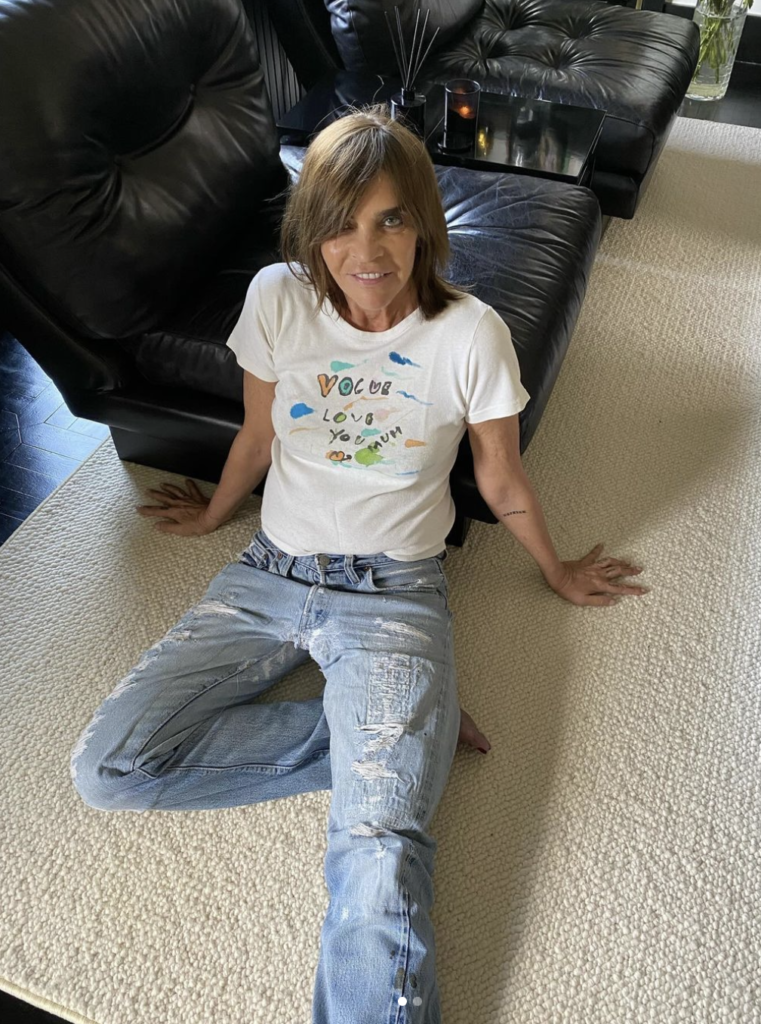
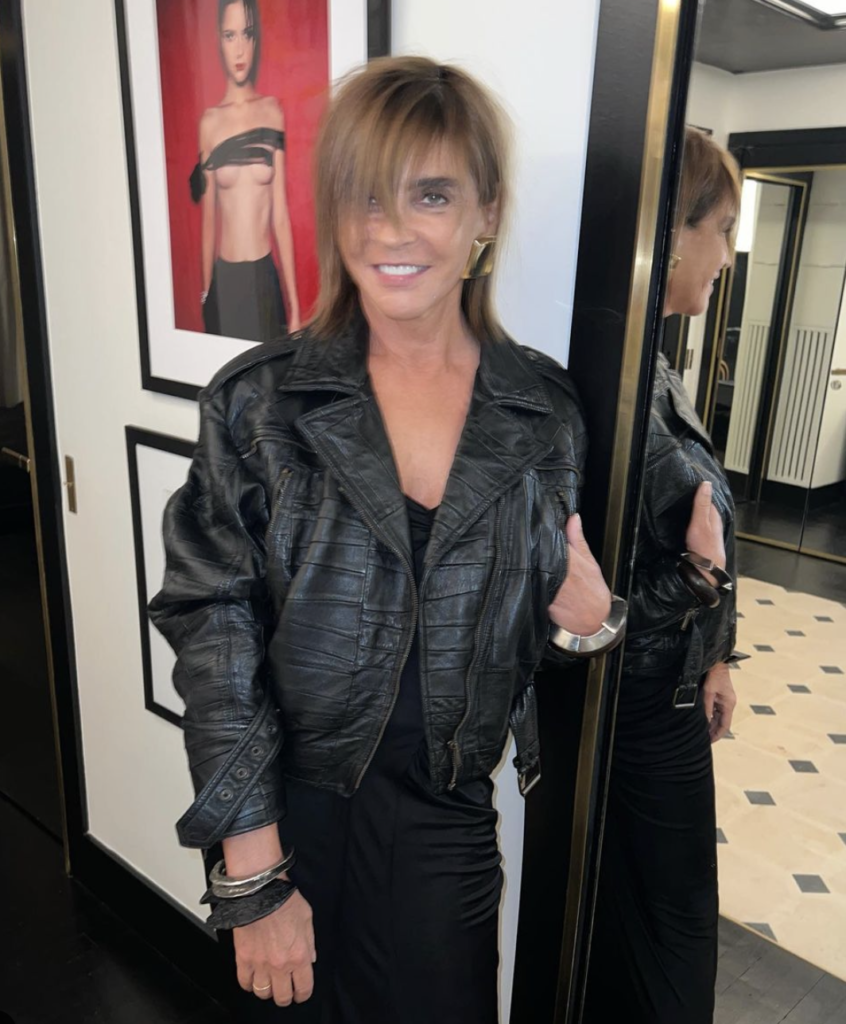
Navigating a new fashion landscape
It is still possible to reinvent your look and have fun with fashion. In fact, the industry practically forces us to since it generally doesn’t cater to an older female demographic. We often have to search harder for items that will work for us. It’s harder to fill wardrobe gaps when you can’t find pants that fit comfortably around your waist and sleeves seem to be designed for an undernourished 12-year-old.
And that’s a big part of the reason why many women over 40 go full-on wacky coastal grandma (in addition to the fact that we don’t give an F what anyone thinks): we have to think creatively when it comes to getting dressed. You could decide to go all out on oversized jewelry, wear something red every day, or start wearing more hats, always an attention-getting choice.
If you don’t want to go the eccentric art teacher route, a simple and pared-down silhouette can be wonderful. Monochromatic dressing — not just in black, but in gray, white, or navy — is always striking. Or maybe basic shirt-dresses are your thing, paired with a cute bag and flats.
But being older doesn’t have to mean radically changing your style or going the caftan route. I love the ensembles of Lyn Slater, aka The Accidental Icon, who takes a very Japanese approach to mixing simple, often oversized pieces together. Tracee Ellis Ross has amazing offbeat glam style whether she’s wearing a fuzzy Dries Van Noten ensemble or a casual jeans-sweater-jacket outfit. Or look at the renowned French fashion editor Carine Roitfeld, still rocking pencil skirts at 69. (Of course, it helps that these women are still quite thin, but it is possible to mimic many of these looks on larger bodies.)
In fact, I would argue that the French understand that looking youthful paradoxically means letting go of the need to desperately hang on to youth. They understand that style always requires the discipline to figure out what works for you and what doesn’t. This comes more into play as we get older, which might mean making some adjustments. Look at it this way: we’ve worked hard to get to a point where we better understand what we love to wear.

